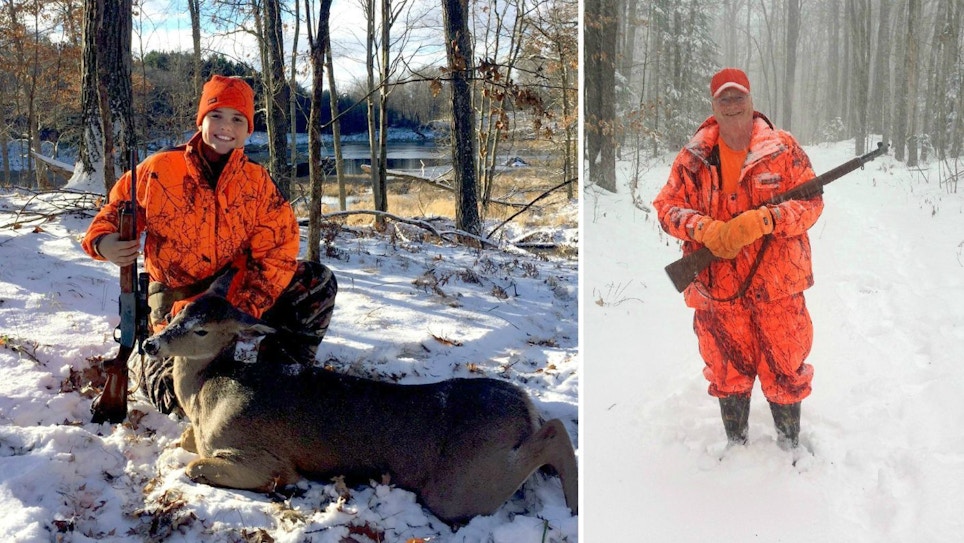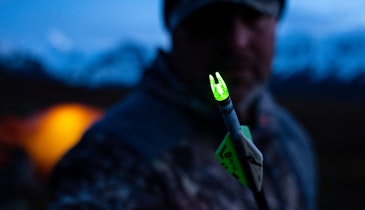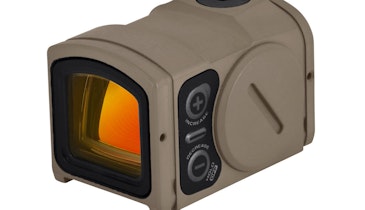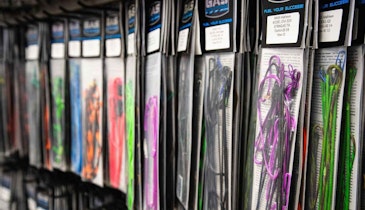Because I’ve been pursuing big game in Minnesota and neighboring states and provinces since 1975, I know how to dress properly to stay comfortable in the field. Even without the weather app on my phone or a TV weatherperson telling me the current conditions, I can step outside and in seconds guess the air temperature within a few degrees of the actual number.
Almost always the advice given to newbies for staying warm in cold conditions is “dress in layers.” Okay, that’s a simple three-word phrase, but if a rookie really needs advice on this topic, then those words will fall short of answering all of their clothing questions.
As a hunting retailer, you can help customers learn how to dress in layers with a wall display featuring examples of layered clothing for different activities in different conditions. Let me provide one example.
Let’s say a woman has been asked to go on her first deer hunt in the Midwest, and the mid-November air temp is likely to be 25 degrees, matched with a 10-mph wind. These aren’t brutal conditions for someone who regularly hunts in the Midwest or North, but for someone who hasn’t, this forecast might cause some concern.
As a helpful salesperson, you’ll ask the woman if she’ll be hiking (example: taking part in deer drives) or sitting. Let’s assume she’ll be sitting in a ladder stand. Okay, so what does “dress in layers” mean for these conditions?
On a wall, you could showcase (with hangers) the recommended garments from left to right, moving from base layers to outer garments. You’ll want to display two rows; the top row is for tops, and the bottom row is for bottoms. Of course, all of these recommended garments should be made with quick-drying materials; no cotton!
Here are the clothing types I recommend in your display.
Tops: Wicking short-sleeve t-shirt; lightweight long-sleeve base layer; lightweight fleece top; heavyweight fleece top; wind-proof, insulated camo parka; blaze-orange vest; neck gaiter; facemask; wind-proof, insulated blaze-orange stocking cap; wind/water-proof gloves.
Bottoms: Wool socks; lightweight long underwear; heavyweight fleece mid-layer; wind-proof insulated bibs; knee-high insulated rubber boots or felt-lined pac-boots.
If temperatures were forecasted for even colder temps or stronger winds, then you’d add another layer (or two) of fleece on the top row, and another fleece layer to the bottom row. That means it’s common for deer hunters in very cold temps (single digits and lower) to wear seven layers above your waist and four below it.
Cut to Fit
An important factor in making such a cold-weather clothing system work well is fit. Every garment can’t be big and baggy or it won’t layer well. Base layers should be comfortable but fit close enough to the body to accept the next layer with a minimal amount of bulk.
The only way to ensure the best system for each person is to try everything on in the order in which they’ll be worn. Don’t be surprised if garments close to the skin are a size or even two smaller than the outer garments.
If you retail store is in an area best known for pheasants instead of whitetails, then it makes sense to display garments typically worn on such an adventure. Obviously, the clothing recommendations I’ve listed above for sitting motionless for several hours in a deer stand would be a nightmare on a physically active pheasant hunt.
When talking to customers, explain to them that once they build a cold-weather system for deer hunting, they can pick and choose garments from that system for warmer conditions and other types of hunts.
One final thought: Keep price in mind when building a cold-weather clothing system to display as described above. If every garment is expensive, then the total cost will likely be too big a number for a new deer hunter to swallow. Functional clothing doesn’t have to be crazy-expensive.








